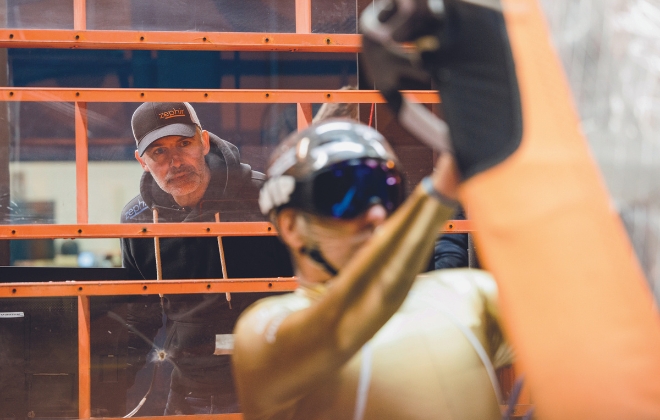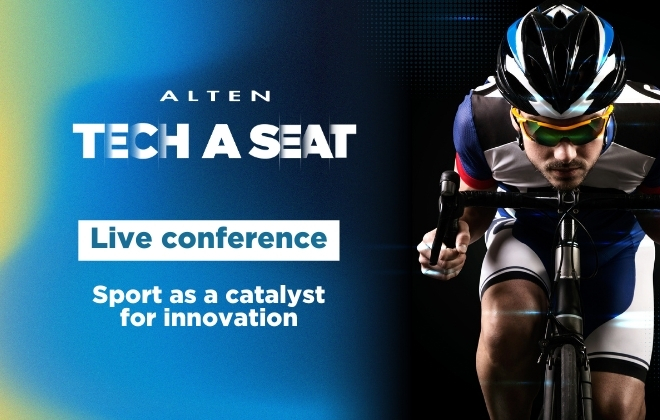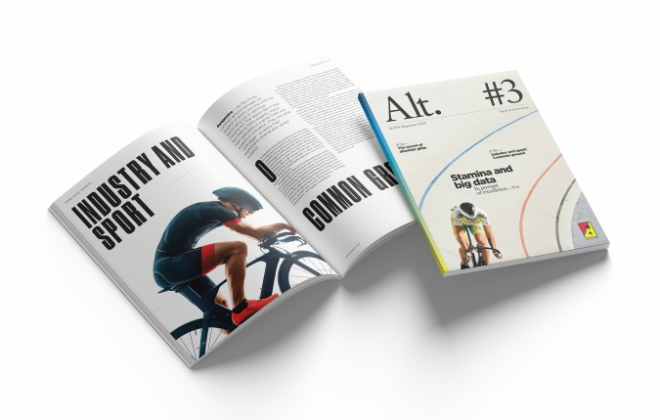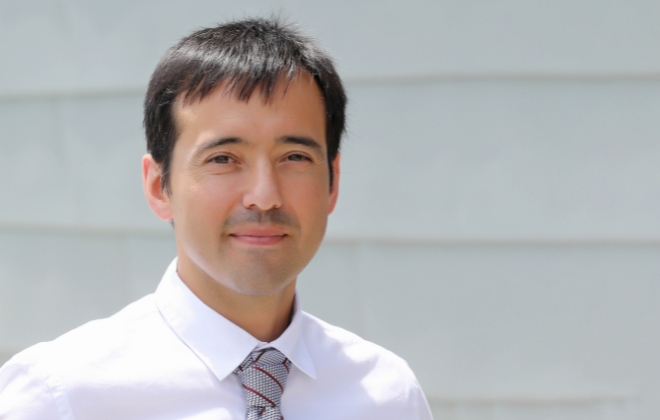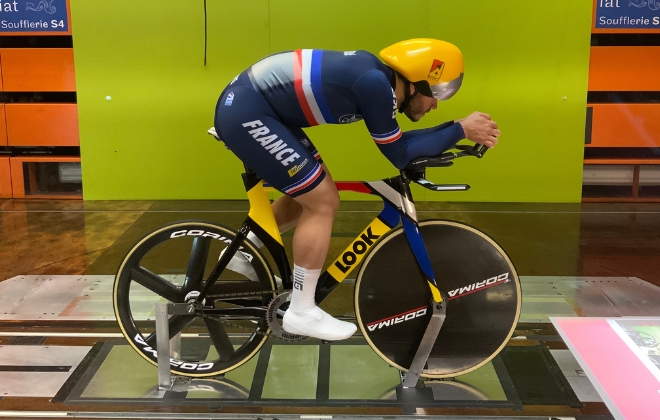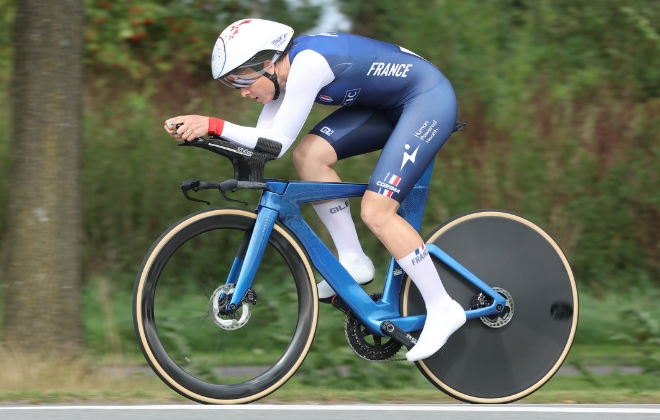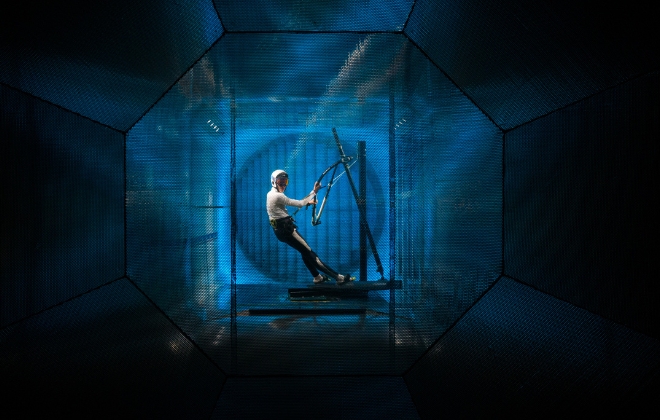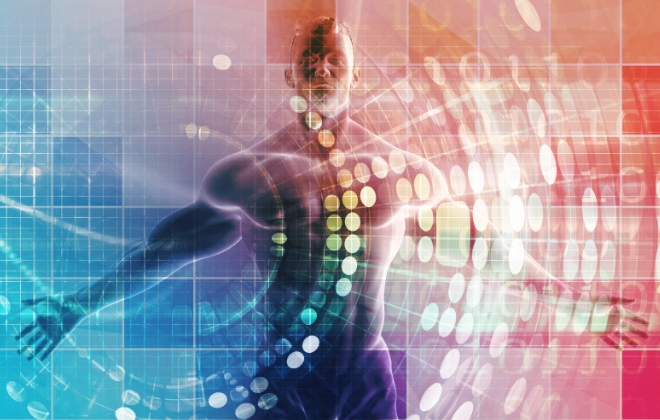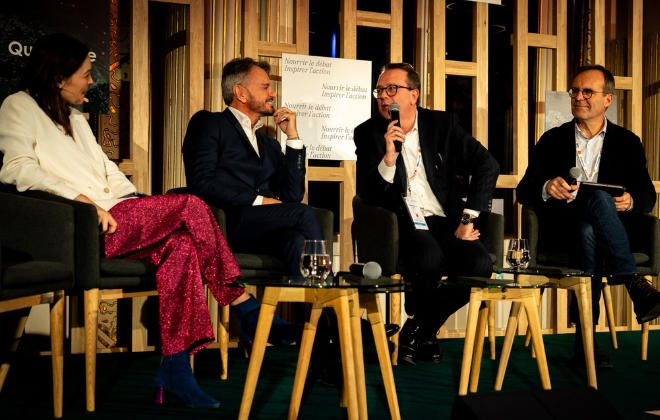A catalyst for high performance

Interview with Steve Péguet, ALTEN Scientific Director
Many advances from industry can be applied in sports. In turn, innovations developed in working with athletes can be transposed to high-performance industry. For example, digital twin technology can help to improve the flows of transport, people or goods, or to make supply chains or factories more efficient.
Lessons from studies with cyclists can be used to optimize the ergonomics of workstations, ensuring the well-being of factory operators while enhancing their productivity.
Studies in wind tunnels can contribute to improving truck aerodynamics, thereby reducing their fuel consumption and carbon footprints. “These are just a few examples from a myriad of possibilities,” says Steve Péguet, “because innovation can be found everywhere, if you know where to look.”
Why sports?
Sports is not just about physical competitions – it’s a laboratory for innovation. At ALTEN, as engineering experts we are familiar with performance and continuous improvement. With athletes as well as with major players in industry and services, we explore how technology can be a catalyst for high performance. Our core business is engineering, and engineers know all about challenges. We bring our skills to bear on finding the means and the solutions.
Are there other reasons ALTEN is interested in sports?
We are the main recruiters of engineers in France and we have a lot of young engineers. Sport is a way of attracting talent because young people have an appetite for it. And that’s just as well, because in the digital world, life is often virtual. But it’s not just that engineers have the brains to work on the challenges of sports. It’s also about values. We want to share and develop the values we find in sports. And it’s about passion: the passion we put into our work, and the passion that is sports.
I’m not the best sportsman, I’m a scientific director. But when I look at the world of sports, I realize that passion is something that unites us. Passion for the discipline as well as for surpassing oneself. Behind that passion for results, however, we see very concrete things. It’s the same in industry, but development can often take a long time. So many factors come into play that sometimes it’s hard to make a proper assessment. The advantage of sports is that you can go much faster, you can accelerate innovation. It’s immediate. You see the results in the seconds you gain, in the medals.
What are the returns for ALTEN?
What we do is for the benefit of our customers. We deliver the results, but the results belong to them. And that’s perfectly normal. Yet just like our research on automobiles, airplanes, trains, sports offer us an opportunity to showcase what goes on behind the scenes. We often see beautiful images of athletes, but we don’t see all the work the federations and their partners are doing. This is an opportunity to do just that – to use sports as a showcase for all the energies that come from a company like ALTEN; a showcase for high performance and innovation, for all the know-how we develop. Fluid mechanics, computer vision, artificial intelligence, biomechanics, 3D design, web development, algorithms – the aim behind it all, whether it’s for the individual, the athlete or the industry – the aim is to develop skills.
What are the benefits for society?
Can high-level sport have a knock-on effect on everyone? I’d say yes. For example, in terms of materials and equipment, I’m thinking of wheelchairs that could be more effective for the disabled person who has to get around. But it also works the other way around. In other words, high-performance sport can benefit from things that exist in industry. Let’s say you’re interested in preventing injuries. You have models that come from the study of seismic waves that work very, very well in studying, through signal processing, the risk of injury in top-level athletes. So, I’ve got plenty of examples to show that it can go either way. Obviously, sport is a vector, but it’s not the only one.
There’s one thing we need to remember, and that’s people. We know that innovation in sports only works if the athlete is at the center of the process. It’s exactly the same in all our businesses. We often talk about the customer in banks, for example, but having worked a lot in digital, I’ve realized that the employee is often forgotten. How can we get back on track? These are some of the things we’re looking at. We’re talking about cycling but also about health, about the environment, about industry, about schools. What’s interesting about sports is that, while it’s certainly an accelerator of innovation, the applications go well beyond sports – it’s about the whole world of information that’s out there.
How important are partnerships?
I don’t know if everyone knows the motto of the Olympic games. It used to be Citius, Altius Fortius, meaning “faster, higher, stronger”. You can see the pressure athletes are under to surpass themselves, to go on this quest for high performance. What’s less well known is that since 2021, the motto has changed. We still have the famous Citius, Altius, Fortius, but they’ve added a new word, Communiter, which means “together.” They’ve realized, on the one hand, that the individual athlete is important, but there are also high-performance team sports. And above all, behind the athlete there’s a whole staff; on that famous day when the athlete is in the media spotlight or on the podium receiving a medal, a lot of work has been done upstream.
It’s the same for us as researchers, as engineers, as industry specialists. Alone, we can do a lot of things. But as soon as there are more of us, the results are multiplied and we save time and energy. That’s what time trials in cycling are all about, for example. We can understand the phenomena from a scientific point of view, but if we don’t get feedback from the field, we won’t make any progress. By the same token, if we don’t have the scientific knowledge to zero in on key issues, we lose time. But we need to grow our partnerships. Industrial partners – that’s perhaps what we’re lacking in sports science. We talk a lot about equipment, but it has to be manufactured by someone. We need more of this kind of partnership so we can get even better results.











